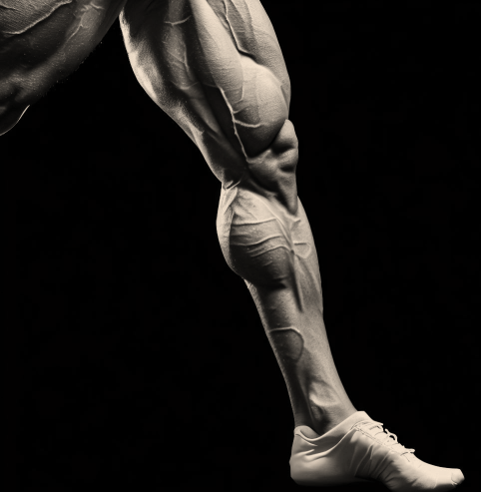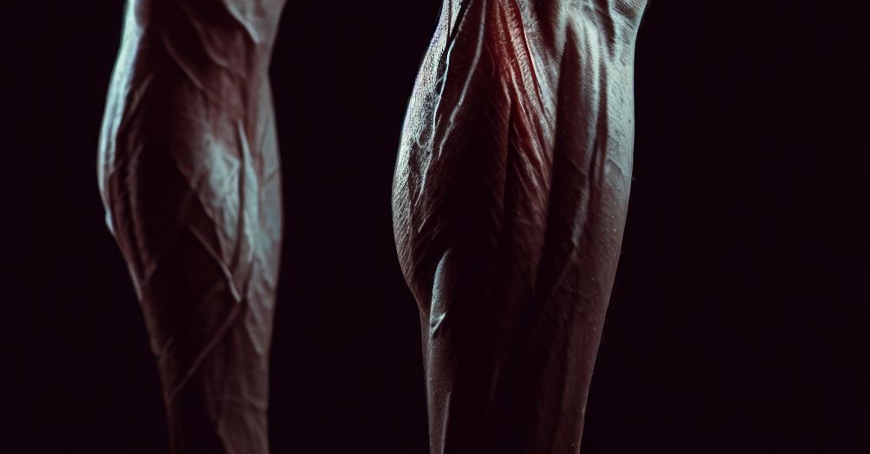When we think of strong legs, our minds often gravitate towards the larger muscles: the quads, hamstrings, or even the glutes. But nestled beneath these lies an unsung hero of leg mobility and strength – the calf muscles. These muscles, although comparatively smaller, play a pivotal role in our daily activities and overall health.
Calf Muscles: A Brief Overview
The calf is composed of two primary muscles: the gastrocnemius, which is the larger and more visible muscle, and the soleus, situated beneath the gastrocnemius. Together, they connect to the Achilles tendon, which attaches to the heel bone.
Daily Movement and Mobility
Walking, Running, and Jumping
Every step you take, whether it’s a leisurely walk in the park or a frantic run to catch the morning train, your calf muscles are at work. They facilitate the push-off motion of the foot, enabling us to walk, run, and jump.
Stability and Balance
Ever tried standing on your tiptoes to grab something from a top shelf? Or perhaps you’ve dabbled in some form of dance? In these activities, the calf muscles provide stability and balance, ensuring we don’t topple over.
Calf Muscles and Athletic Performance
For athletes, particularly runners, the calf muscles play an indispensable role. Their strength and flexibility directly impact an athlete’s speed, agility, and endurance. In sports like basketball, where jumping is essential, powerful calves are a must-have for those slam dunks.
Posture and Back Health
Supporting Body Weight
The calf muscles bear a significant portion of our body weight, especially when we’re standing. A strong calf supports our posture, ensuring an even distribution of weight and reducing the strain on the back.
Impact on the Spine
Weak or tight calf muscles can alter our gait. This uneven walking pattern can lead to misalignments in the spine, causing back pain and other related issues.
Calf Strength and Overall Leg Health
Reducing Strain on Other Muscles
By supporting a lot of our movements, the calves alleviate the strain on other leg muscles, ensuring they don’t get overburdened.
Prevention of Injuries
A strong and flexible calf muscle can help in preventing injuries, especially in the ankle region. It can also play a role in preventing shin splints, a common issue among athletes.
Taking Care of Your Calf Muscles
Like all muscles, calves need care and attention.
Regular Stretching
Calf stretches are simple and can be done anywhere. They help in maintaining flexibility, reducing the risk of muscle tightness and injuries.
Strength Training
Calf raises, whether done with body weight or added resistance, can significantly enhance calf strength.
Massage and Relaxation
After a long day or an intense workout, a calf massage can be therapeutic. It eases muscle tension and promotes blood circulation.
In conclusion, calf muscles, while often overlooked, hold monumental importance in our daily life and overall physical health. Whether you’re an athlete aiming for peak performance or someone simply looking to stay fit and active, giving these muscles the attention they deserve can make a world of difference. So next time you’re at the gym or planning your workout, don’t forget to show some love to your calves!
For a deeper understanding of the intricacies of leg muscles and their functions, explore our comprehensive articles in the anatomy category.

